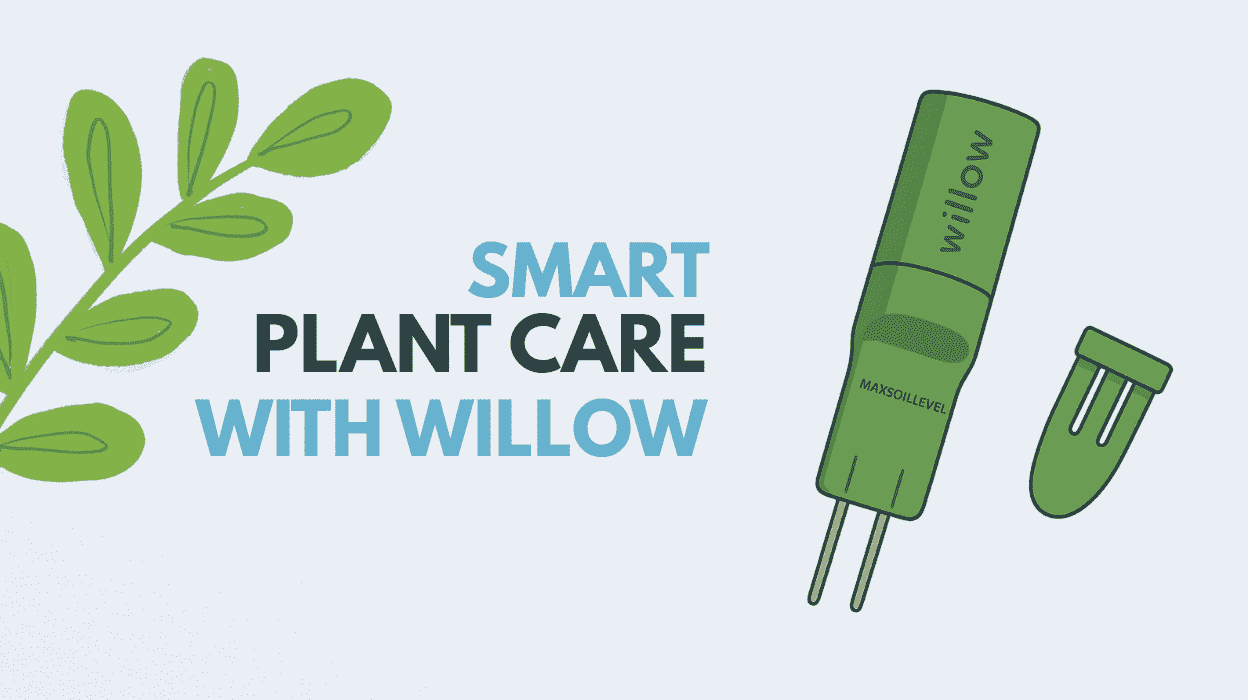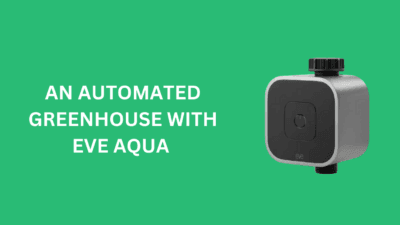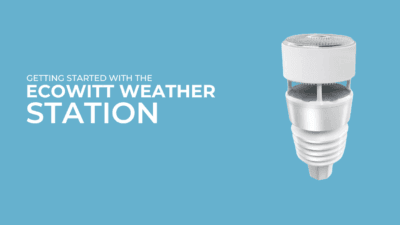Caring for houseplants often feels like a game of guesswork — one that even the most well-intentioned plant parents frequently lose. You check the temperature, check the soil, and wonder if it’s too dry or too soggy.
Despite all the guides out there, keeping plants happy can still feel like trial and error. That’s where the Good Design Award-winning Willow Plant Sensor comes to the rescue.
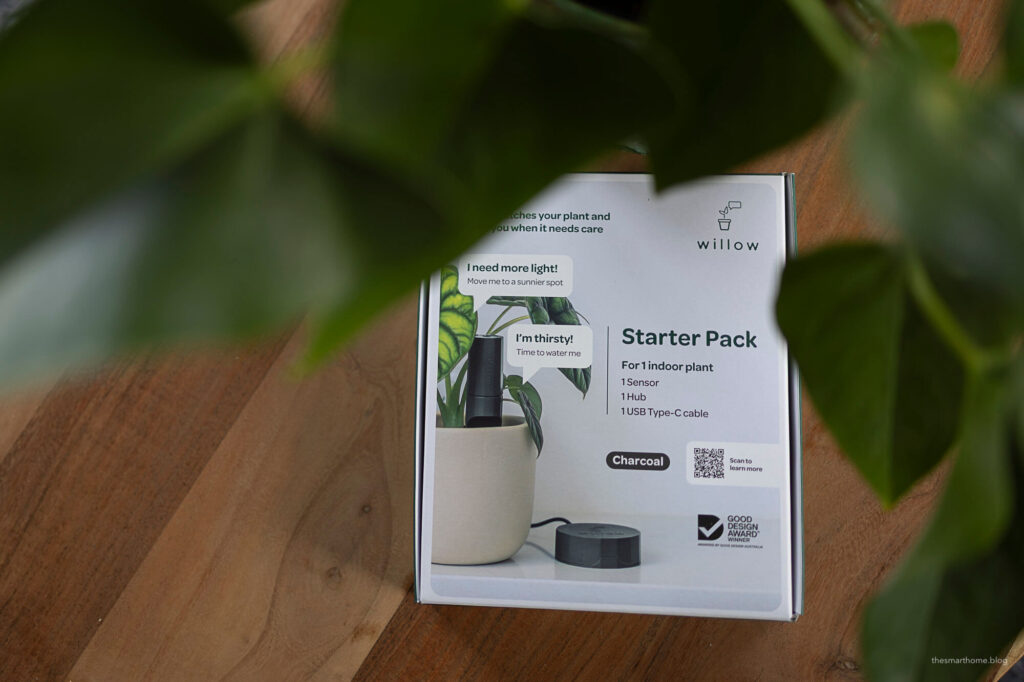
The Willow Plant Sensor is an intelligent monitoring device designed for indoor plants. It tracks key environmental factors, including soil moisture, light, temperature, and humidity.
Paired with the Willow Hub, the sensor communicates with the Willow App to deliver alerts and tailored care recommendations based on plant species, helping maintain optimal plant health with ease.
Table of contents
With a sleek design and a data-driven approach, it monitors the conditions that matter most: soil moisture, light, humidity, and temperature. The Willow App then translates the data from the sensors into simple, actionable insights.
The Box Contents
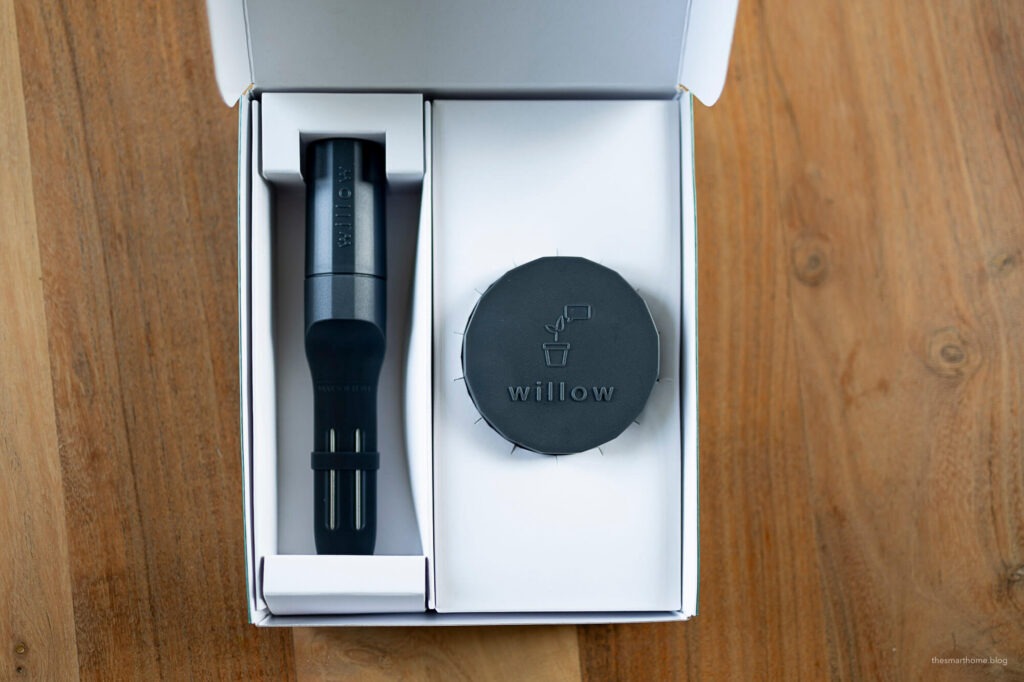
Setting up the Willow Plant Sensor
Setting up Willow is a straightforward process. Begin by scanning the QR code provided in the box to access the Willow setup guide. Install the Willow App on your iOS or Android device. Once installed, the app guides you through a brief overview of the Willow system before prompting you to set up your account.

Setting up the Willow Hub
The next step involves connecting the Willow Hub to your home network. The Willow App communicates with the Hub via Bluetooth, after which you can manually add your Wi-Fi network in the settings.

Note that Willow does not automatically search for Wi-Fi networks, you’ll need to enter your network details manually. Ensure accuracy, as network names can be case-sensitive.
Setting up the Willow Sensor
Next, pair the Willow Plant Sensor. Remove the top of the sensor and reboot the device using the provided key, which is similar to an iPhone SIM tool. The sensor will flash red while in pairing mode.
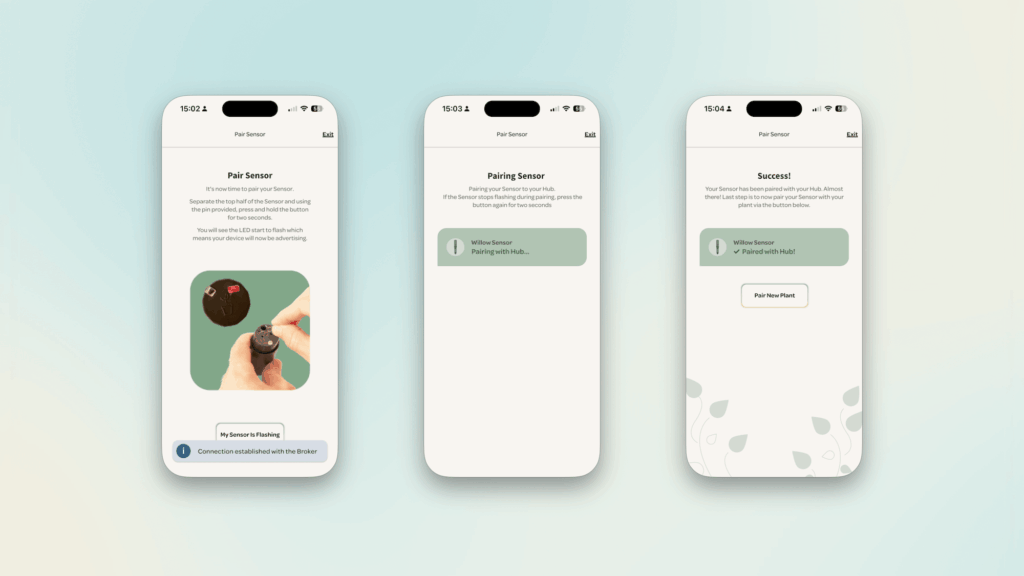
Adding Plants to Willow
Finally, insert the Willow sensor into the soil, ensuring it is placed up to the maximum depth marker. The Willow app includes a photo search feature, simply point your camera at the plant you wish to monitor, and Willow will take care of the rest.
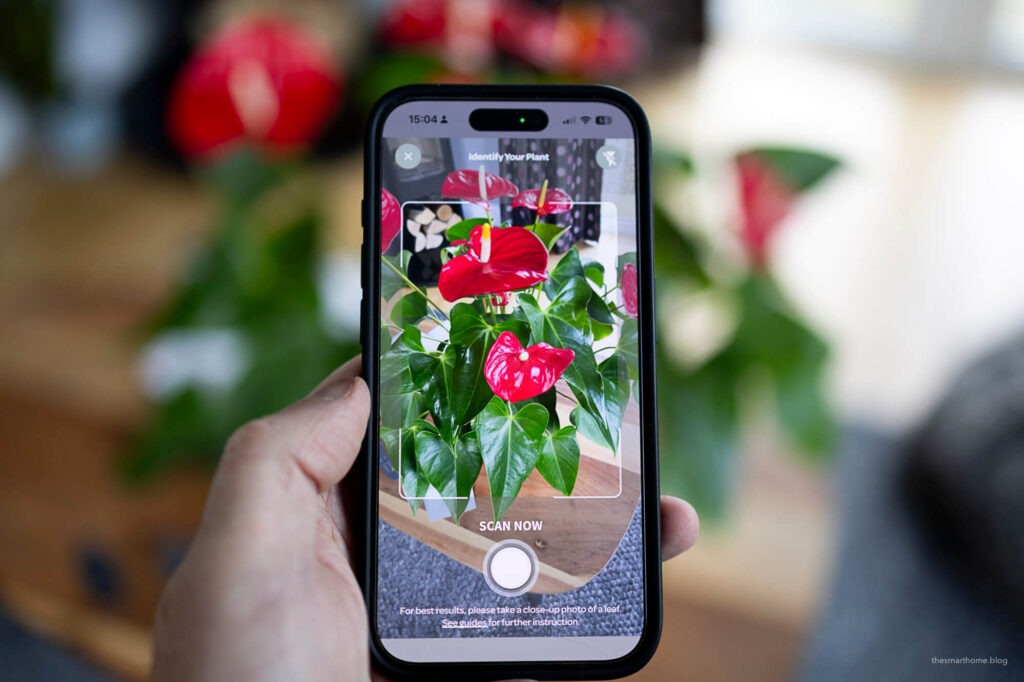
The app provides a range of identification suggestions, each with a percentage accuracy rating. It correctly identified my plant, and after a few additional questions about location and soil type, the plant was set up for active monitoring.
Willow is a stand-alone smart ecosystem, it doesn’t pair with Home Assistant or Homekit and it doesn’t really need to.
From unboxing to active monitoring, the entire setup process takes roughly five minutes.

Willow takes a few days to analyse the data and come up with initial recommendations.
What does Willow Offer?
The Willow plant sensor monitors key plant metrics to ensure species-specific ideal conditions.
Soil Moisture Sensor
At the heart of Willow’s smart system are its soil probes, which quietly take readings every 15 minutes. These sensors don’t just collect raw data, they interpret it. By factoring in plant species, soil type, and seasonal patterns, Willow helps you maintain the ideal balance between overwatering and neglect.
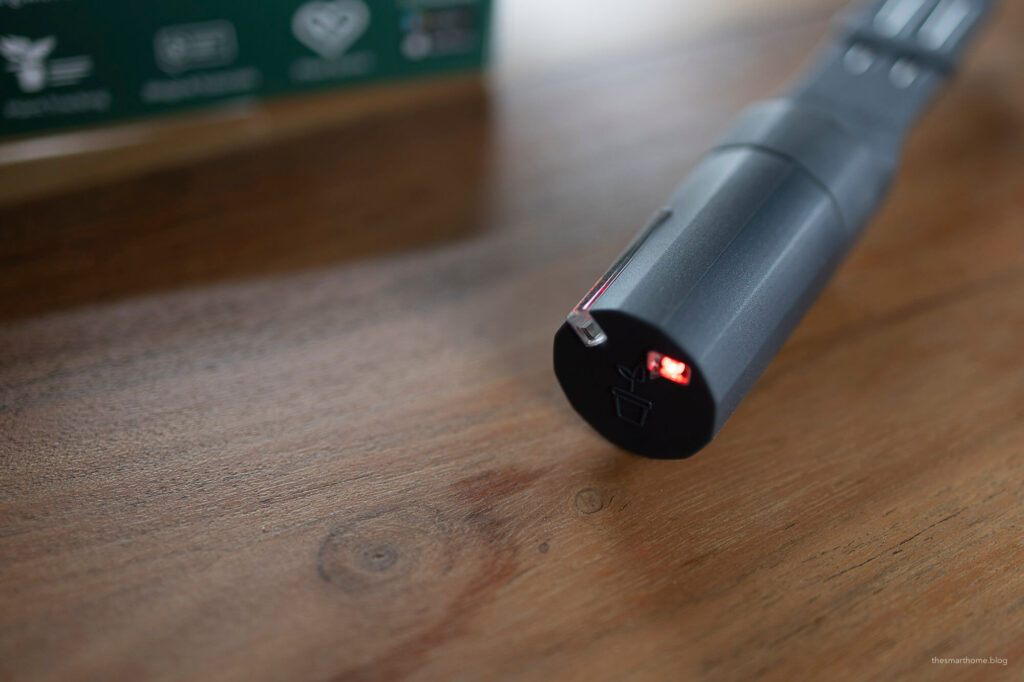
Watering Insights
The app sends timely notifications before your plant runs dry, along with post-watering insights that reveal whether you’ve applied the right amount or need to adjust next time.
Light Monitoring
Willow tracks your plant’s light exposure (measured in lux), providing clear, actionable feedback on whether your plant is receiving the ideal amount of light or suffering from excess or deficiency.
If your plant risks leaf burn or prolonged low light, Willow sends an instant alert. You can also set your care goal,Thrive for lush growth or Survive for low-maintenance living. The app then adjusts its analysis accordingly.
Humidity & Temperature
Willow doesn’t stop at soil and sunlight. Built-in sensors continuously monitor humidity and temperature, comparing these readings against the ideal conditions for each species. It’s like having a personal climate assistant for your ficus, fern, or philodendron.
When the air becomes too dry or temperatures drift out of range, the app provides gentle (and sometimes not so gentle) alerts along with expert horticultural tips to restore balance and keep your plants comfortable.
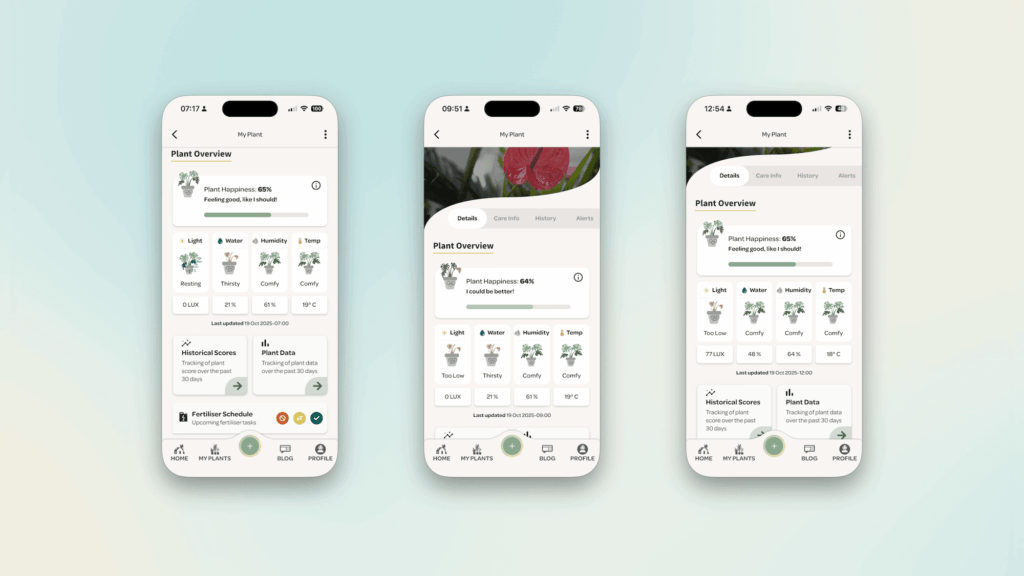
Willow Plant Happiness Score
All of Willow’s environmental insights come together in the Happiness Score, a simple, at-a-glance indicator of your plant’s overall health. Updated hourly, it distills soil, light, humidity, and temperature data into one easy to understand metric, making it effortless to see how your plant is doing at any moment.
The Willow Experience
Willow offers an optional Grow Subscription that provides a deeper dive into the data. I’m currently using the standard, (free) Starter Pack features, which are ideal for my current setup. I suspect that as I add more sensors, the Grow subscription could become a worthwhile upgrade for tracking my plant family.
Willow Plant Sensor: The First Few Days
Although Day 1 technically began about 15 hours after installation, it was impressive to see Willow already reviewing my data and providing an initial score. The app reported a 65% “Feeling good as I should,” which almost made it feel as though the plant were communicating directly with me.

Tapping the score opens a detailed breakdown of the plant’s metrics. At 7 a.m., it was still dark in Ireland, so the plant remained at rest. However, Willow indicated it was slightly thirsty, showing a hydration score of 21%.
I topped up the water, and by noon things had improved, although the dark, cloudy weather didn’t help the light levels. There were no alerts, as Willow was still learning the environment.
As mentioned earlier, the Historical Score and Plant Data sections are available only to subscribers. If you’re interested in tracking long term trends or reviewing past data, the subscription model may be worth considering. I’ll stress again that this is an optional service to unlock additional features. The system works perfectly well without it, it’s simply something you might grow into over time.
That night, I received a message from Jeff. Jeff didn’t hold back in his criticism of my watering technique. I’ll certainly need to do better the next time he needs a drink.
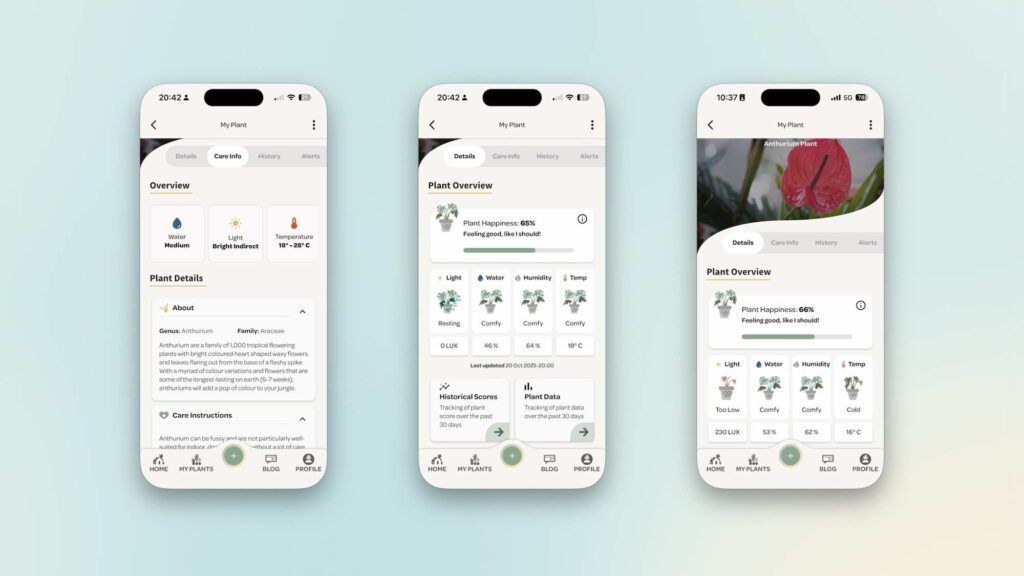
Willow Sensor – One Week Later
I kept checking in on Jeff throughout the week and noticed that the autumn evenings were cutting down his light exposure.
By day six, Jeff sent another alert, not enough light to keep him happy. A few quick adjustments on day seven made all the difference, and Jeff was back to thriving… ish.
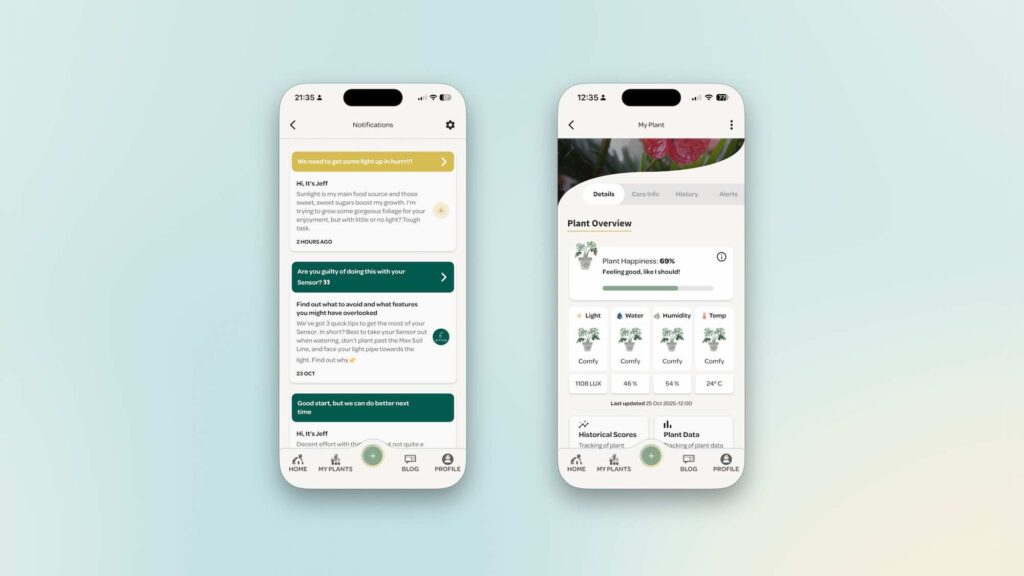
Willow: In Short
Willow perfectly blends smart technology with plant education. Within a week, I discovered my plant wasn’t in the ideal location to thrive. Jeff wasn’t getting enough light, and thanks to Willow, I learned I also have a bit of an overwatering habit!
Now, instead of constantly guessing or watering whenever the soil looks dry, I let the Willow app take over. There’s something genuinely liberating about trusting smart technology to help your plants flourish.
Should You Buy a Willow Sensor?
In short, unless you’re already a true plant expert, the answer is a definite yes! Willow takes on the responsibility of plant care with impressive precision, ensuring your prized houseplants thrive in their home environment.
Willow offers a great range of options, including starter kits, multi-packs, and the flexibility to expand your system with extra sensors or additional hubs later on.
Personally, I’d recommend going straight for the multi-pack; most of us have more than one plant to care for. I already have a few others I can’t wait to connect to the Willow app, and while you can always add more sensors later, the bundle deal is hands down the best route to happier, healthier plants.
Links
Plant with Willow (non-affiliate link).
Check out our other Smart Garden Posts
Automate a greenhouse the easy way
Getting Started with Apple HomeKit
Discover more from The Smart Home Blog
Subscribe to get the latest posts sent to your email.


